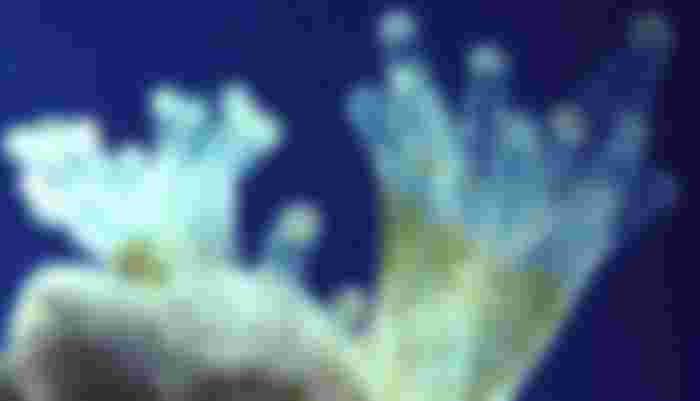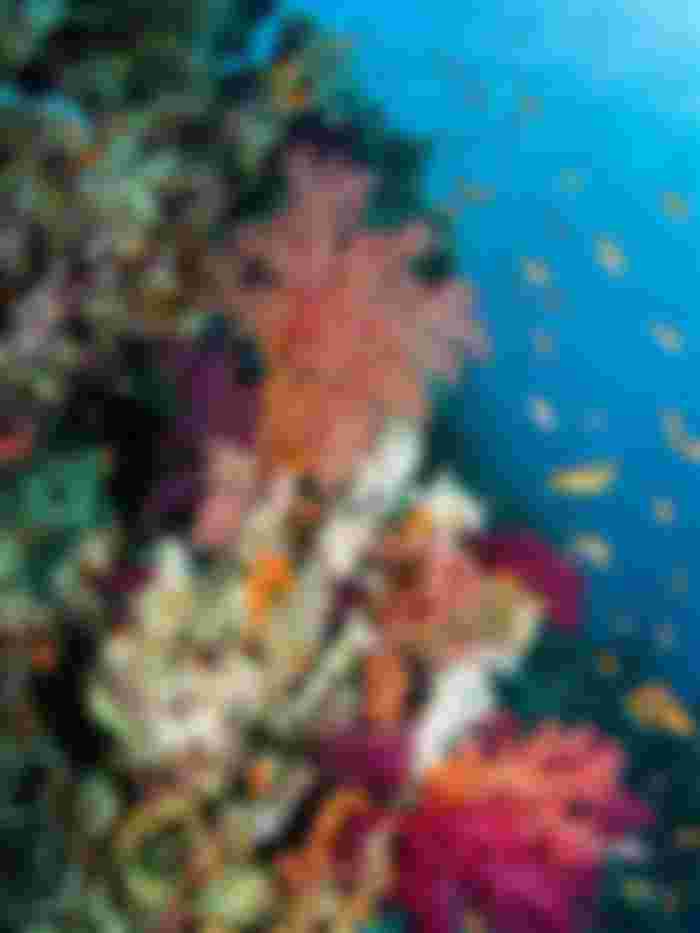NOW, isn't that a great way to relax? Sitting here the white sands, a huge parasol shields us from the sun and watches the waves attempt to crawl along the beach.
In fact, did you know there is a great job where the waves pile up the white foam? No, there are no heavy construction materials, steel beams, concrete blocks or bricks. But the fantastic building material is produced abroad - coral.
Where is the material
Where can you go to explore this amazing building material, the coral? For many places. You can visit the turquoise waters of Montego Bay on Jamaica's north coast, or travel elsewhere in the western Atlantic, from Bermuda to Brazil. Another observation area is the Indo-Pacific, from the east coast of Africa, through the islands of the western Pacific to Hawaii. In this area it is possible to see the Great Barrier Reef, a body of coral that stretches for approximately 1250 km along the northeast coast of Australia.
In some places you can see the fantastic sea building material through a glass bottom boat. Or you can choose to donate flips, mask, and air tank and follow below for a more in-depth look. Upon entering the water, however, the person will want to get used to the movement around them, as the seascape seems to rise and fall in harmony with the movement of the sea. You also need to be careful, as the coral cuts take a long time to heal.
How coral is produced
The animals that make up corals are called coral polyps.

They are related to jellyfish and flower-shaped sea anemones. After a very short free swim, in the larval stage, these tiny creatures settle into a completely sedentary life and adhere to the skeletons of other coral animals.
Once the polyps have been properly attached, they turn into a small, fleshy tube that extends from an inch to over a foot in diameter. At its upper end, the mouth is surrounded by small tentacles. At night, they spread and capture microscopic planktonic animals for food.
At the same time, these little creatures are building. They take calcium from the water and excrete calcium carbonate (limestone). With the help of this secretion, they build a tough cup-shaped formation around them. This is a coral house or skeleton that can be removed for protection.
As many polyps build their coral homes, they merge into a hard, colorful mass. Polyps die, but others attach themselves to their skeletons and continue to grow. As a result, unbelievably huge buildings are being constructed, larger than anything that has ever been produced.
What is built
Coral reefs are made up of small polyps. Some reefs extend from the beach to the sea. They are called marginal foxes. A coral reef, on the other hand, is separated from the shore by water, but follows the shore.

The second largest coral reef in the world, after Australia's Great Barrier Reef, stretches 130 km along the coast of British Honduras. Between the reef and the beach, the water is three to fifteen meters deep.

Coral producers also form atolls. These are islands of ring corals in the open sea that surround a body of water called a lagoon. An atoll can form when coral collects at the edge of the undergrowth of a submerged volcano. Some of these atolls are inhabited. One of them in the Indian Ocean has an emergency jet airport.
Therefore, building the island is not a very ambitious project for these little octopuses to achieve. The island of Barbados, in the Caribbean, for example, is mostly made up of corals. The gradual decomposition of water and climate has covered the island's coral with red clay soil.
Coral formations can thrive in any ocean, but the coral polyps that make up corals are confined to waters where the coldest temperatures do not drop below 65 ° F. Thus, the remains of ancient coral reefs in the Arctic waters continues to be a tropical climate in these northern seas in ancient times.
As coral growers continue their great construction task in the sea, other organisms, such as parrotfish and angelfish, either carry it into the facility or gnaw on it to weaken and disintegrate it. Mushrooms, algae and algae come to the rescue and cement the pieces together to prevent total dissolution. The result is a porous limestone with tunnels, caves and cranes.



Beautiful underworld